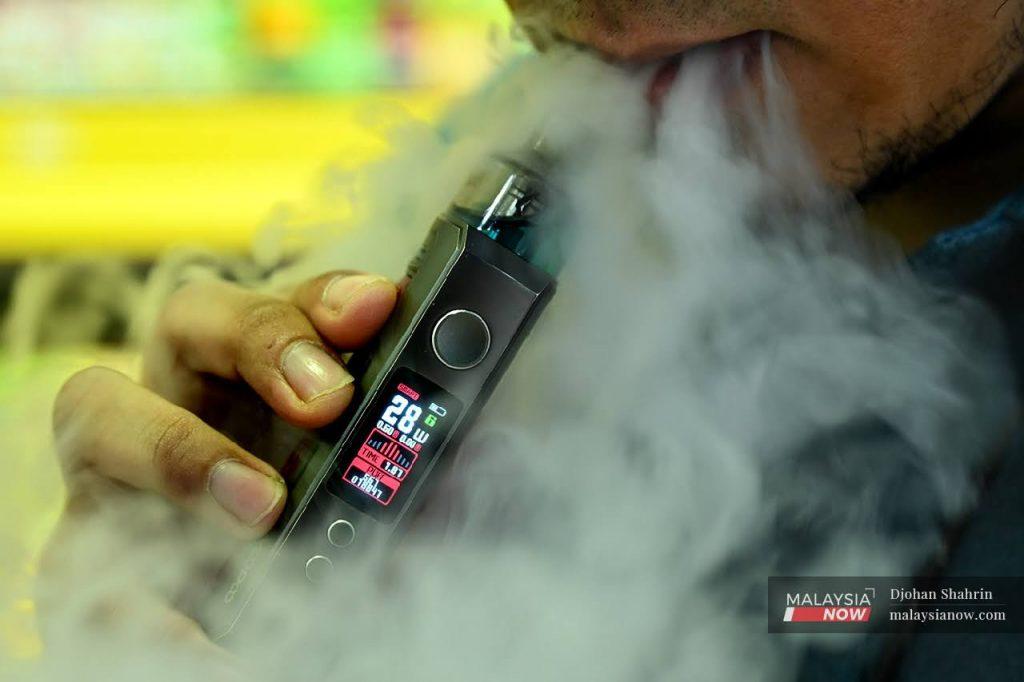Don’t let generational endgame end with execution flop
There are steps that need to be taken to complement the ban, as the main goal is still to reduce smoking rates and protect the future generations.
Just In
Recently, the health and education ministries launched the Generational End Game (GEG) Anti-Rokok 18 (Gegar-18) campaign to drive home the message among schoolchildren about the health hazards of smoking.
This was part of the heatlh ministry’s proposal to ban the sale of tobacco products in Malaysia to those born from 2005 onwards, starting next year. The bold move has been met with mixed reactions from the public. This policy proposal likely drew inspiration from the Generational End Game policy in New Zealand which follows a phased approach from 2011.
New Zealand aims to reduce smoking to below 5% of the adult population by 2025, starting with reducing the number of cigarette retailers from 2024, reducing the nicotine in cigarettes beginning in 2025, and gradually raising the legal age for the sale for cigarettes to create a “tobacco-free generation.” This means people who are 14 or younger in 2027 will never be able to buy cigarettes.
There is no denying that the Malaysian version of this policy will be good for public health, especially in managing health risks for the future generations. But the road ahead is fraught with challenges, and if we are not careful, even the most well-intended policies can end up as a massive failure if not well executed.
Firstly, the government needs to look into its implementation. Tobacco products are widely and easily available in the market. With this proposed policy, those who are born in 2005 and beyond will be barred from purchasing the products at retail outlets. This can be monitored if the purchases are made physically and in-store.
But there will be serious challenges in monitoring things online, especially for non-cigarette tobacco products like vape and e-cigarettes. Even for in-store purchases, what are the assurances that the retailers will not put profitability over public health? Putting in place punitive mechanisms may serve as a deterrent for retailers but it will still be a challenge to enforce this soon-to-be-law.
While enforcement is not the exclusive domain of the health ministry, as there are other ministries and agencies involved such as the domestic trade and consumers affairs ministry, the practicality of this ban will be severely tested. Just look at the smoking “ban” in eateries which has been violated time and again by restaurateurs and patrons alike.
Secondly, when the government stands firm in banning or restricting the purchase of certain products, the illicit trade of these products will more often than not flourish. Consumers will find ways to circumvent the law to get their hands on these products.
Already, the government is in a constant battle against the illicit trade for cigarettes, costing the government billions annually in lost tax revenue. The move to ban both cigarettes and non-cigarettes from reaching the new generation will most likely boost the appeal for these products in the black market.
Thirdly, by banning not just cigarettes but also the alternatives to cigarettes such as vape, e-cigarettes and heated tobacco, the likelihood of these products surfacing in the black market without any form of quality control will be even higher. The new generation, which conducts purchases almost fully online, will find ways to get these untested, unregulated products which, given their electronic nature, may not meet quality standards and could even be dangerous.
The intention of introducing this policy is indeed commendable. However, the rush to implement it may cause it to be a policy flop. A good intention must always be executed well to get the desired outcome. In New Zealand’s case for example, the country has put in place other measures to work towards the endgame, including requiring plain packaging for cigarettes and steeply raising the price of cigarettes to US$20 per pack. Vaping products are also prohibited for sale to anyone under the age of 18.
There are steps that need to be taken to complement the ban, as the main goal is still to reduce smoking rates and protect the future generations. It would be wise for the health ministry to take a more cautious approach and to clearly define its target rather than pushing through targets which may look good on paper but are not practical and which may, in the end, derail the main objective of cutting down smoking in Malaysia.
Consumer behaviours evolve constantly, and new trends and technology will emerge. What seems like a smart move today may be a new problem tomorrow. Hopefully, the health ministry will not miss the woods for the trees with this ban as well as the much-awaited new Tobacco Act. While more regulation is better than no regulation, for more regulation to work, the enforcement mechanism must be there to ensure a smooth transition to a meaningful, smoke-free society.
The views expressed in this article are those of the author(s) and do not necessarily reflect the position of MalaysiaNow.
Subscribe to our newsletter
To be updated with all the latest news and analyses daily.
